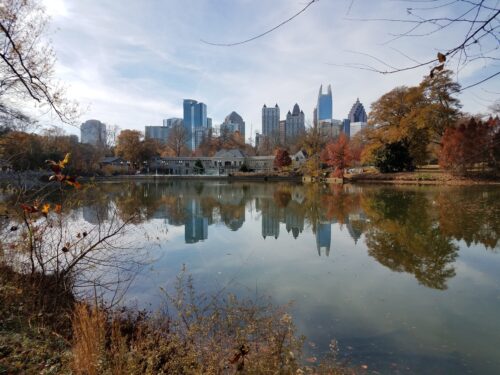Image courtesy of Flickr.
Trees in urban areas contribute to pollution control and enhance biodiversity. But what happens to dead leaves, fallen branches, and other forms of tree waste that pile up along curbs? Typically, tree waste is sent to landfills or incinerated, what experts call the “end-of-life” states. Each year, these methods release much of the twenty million metric tons of carbon generated by the urban forest as methane and carbon dioxide, contributing substantially to global warming.
To explore the possibilities for circular utilization of tree waste, researchers at the Yao Lab at Yale studied five methods of tree waste repurposing. Researchers found that the optimal scenario consisted of composting leaf waste, selling lumber as logs or wood chips, and using residue to produce biochar—a substitute for traditional charcoal. Kai Lan, a postdoctoral associate on the study team, told the Yale School of the Environment, “This aligns with the circular economy concept—turning waste into something of value. But it’s not just traditional waste like paper and plastic. Tree waste is very important, too.” This valuable process can reduce global warming and eutrophication—when water sources become overrun with nutrients and algal growth, deteriorating water quality. Additionally, the benefits extend to stimulating the economy through lumber sales and the possibility of new jobs to facilitate tree waste management.
While cities may see differing benefits depending on their abundance of tree waste, the study offers new insight into the benefits of implementing a circular economy in a surprising area, demonstrating that even plants in their “end-of-life” state still have much to contribute.

